About us
EZAIA Executive Officer
and Committee
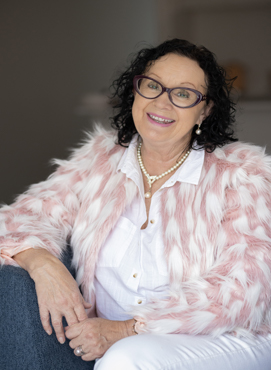
Helen Burvill
Executive Officer
Helen has worked in the seafood industry in various capacities for over 32 years. Prior to joining EZAIA Helen was working in an aquatic biosecurity role covering Northern Australia. Helen provides leadership for the development and sustainability of the abalone wild-catch fishery and has extensive knowledge of industry issues, policies and regulatory challenges.
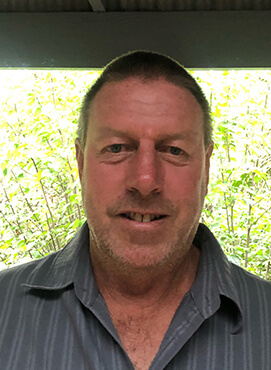
Joe Peel
President. Abalone Fisheries Access License holder
Joe arrived in Mallacoota in 1968 and bought into the industry in 1985 which was when he started diving and continued diving for twenty years. These days he has others who dive for him but remains very active in Mallacoota and the industry.
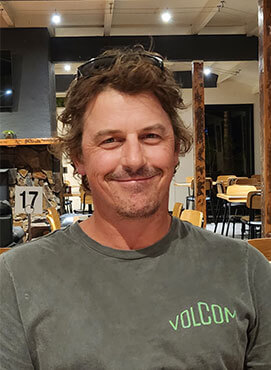
Brendan Wadsworth
Diver
Brendan started diving as an Abalone and Urchin deckhand as a teenager which he did for many years before going commercial diving in his twenties.
He then started Abalone diving which has been doing for over ten years.

Chris Daniel
Secretary. Abalone Fisheries Access License holder/Diver
Chris started out as a deckhand in 1996 and started diving three years later and has dived for many of the EZAIA license holders. He grew up in the East Gippsland area around Lakes Entrance and enjoyed holidays at this grandparent’s holiday house in Mallacoota where he got to know many of those who still dive today. He lives in Marlo with his family.
Members
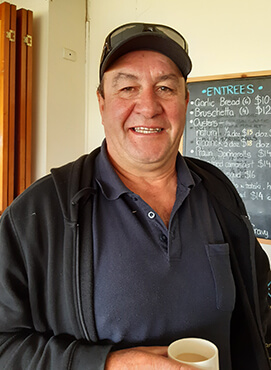
Reinhard Strauss
Abalone Fisheries Access License holder/Diver
Reinhard started in the industry as a deckhand and has dived for urchins and abalone for over forty years. He also runs a charter business in Mallacoota and operates tours to Gabo Island, a seal colony off Wingan Inlet or to view penguins.
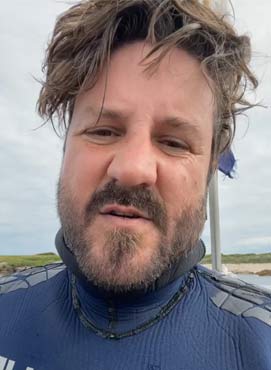
Grant Shoreland Jnr
Diver
Grant is a 2nd generation abalone diver, born and bred in Mallacoota diving since 2009. He is now the proud owner and proprietor of recently opened Scallywags Restaurant in Mallacoota featuring local fresh seafood on the menu.
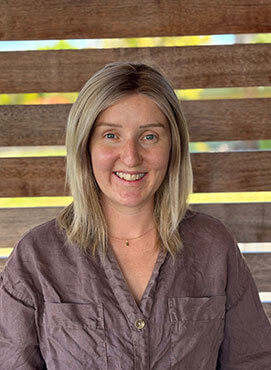
Rachel Durham
Accounts
Rachel joined EZAIA in September 2023, she is managing the accounts after working in other accounting roles within the abalone industry. Rachel has grown up in Mallacoota and has many professional and personal ties to those within the abalone industry.
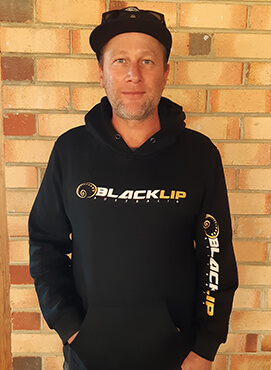
Joel Theodore
Diver
Joel has had a long association with the water and started spearfishing when he was just 5 years old. Joel did his apprenticeship with his father and started out as a deckhand and graduated to abalone diving which he has been doing now for 22 years. His father started abalone diving in NSW before moving to Mallacoota around 1996 and Joel’s brothers are also involved in the abalone and urchin fishery.
Eastern zone abalone information
Victoria is home to one of the last sustainable wild-catch abalone fisheries in the world, with a long history of success since its establishment in the early 1960s. In recent years, participants in the abalone fishery have responded to a range of environmental, social and market opportunities and challenges, including:
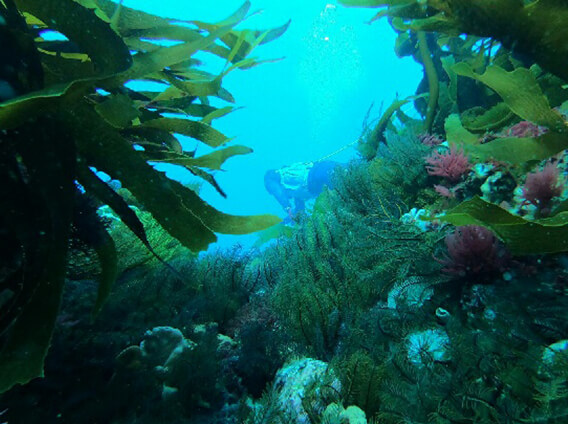
- Market factors influencing beach prices and profitability for the commercial harvest sector, such as strong demand for abalone in key export markets, competition from domestic and global aquaculture production, currency exchange rates and factors affecting operating costs;
- Growth and demographic change in the recreational fishing community which influences fishing preferences for abalone;
The occurrence or risk of an abalone disease;
- The incorporation of traditional fishing grounds into Marine Protected Areas; and
- An apparent increase in the abundance of sea urchins, particularly along the eastern coastline.
Where is the Eastern Zone
Victoria wild harvest abalone fishery has three zones, Western, Central and Eastern. The three zones are managed by the Victorian Wild Harvest Abalone Fishery Management Plan with Victorian Fisheries Authority (VFA). The Victorian Governments primary objective for the abalone fishery is to optimize its long-term value for the Victorian community, in accordance with the objectives and provisions specified in the Fishers Act 1995. The three zones are distributed per the map below, Eastern Zone extends from Lakes Entrance to Mallacoota.
Eastern Zone season runs from 1st April to the end of March.
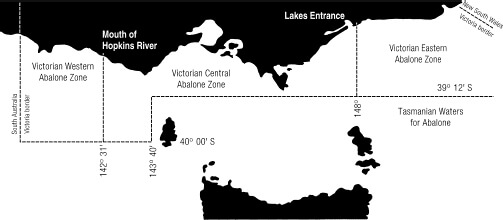
Victorian abalone fishery is a limited entry fishery that confers statutory rights on licensees to access the resource to a limited extent. Unless removed by the Secretary or court action, the number of licenses and quota units per zone will not change as they are a right akin to property.
In the Eastern Zone, there are 23 licenses which are allocated 460 quota units.
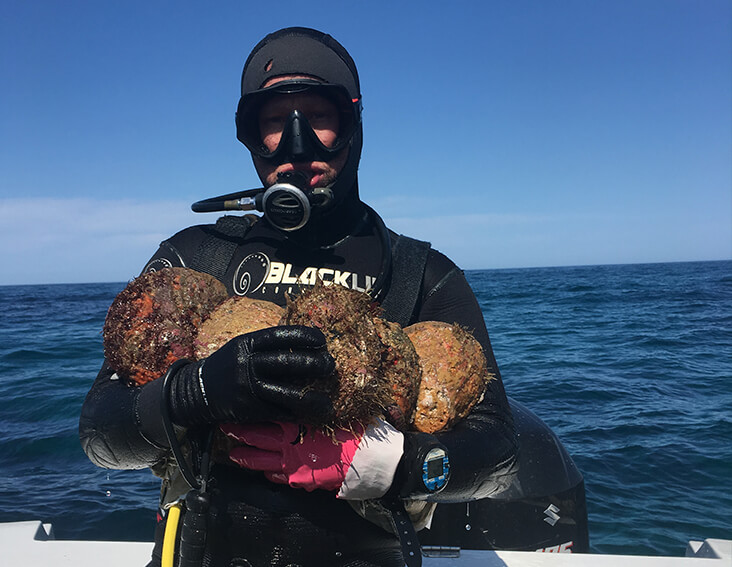
To learn more about how the fishery is managed refer to Victorian Fishery Authority (VFA) – Victorian Wild Harvest Abalone Fishery Management Plan
How are the
abalone fished?
Divers use Hookah equipment: Underwater breathing apparatus that uses an air compressor to supply air through a hose to a diver. Divers can remain underwater for many hours while they fish and have a “deckie”, deckhand on the boat to collect, clean and stack the abalone in abalone bins.
Deckhand is defined as – a person or persons, who are responsible for the supervision of the vessel, the diver and collection, measurement and containment of abalone catch including the use of all safety equipment, supporting, recovering and attending the diver and initiate and operate all safety procedures should the cause arise.
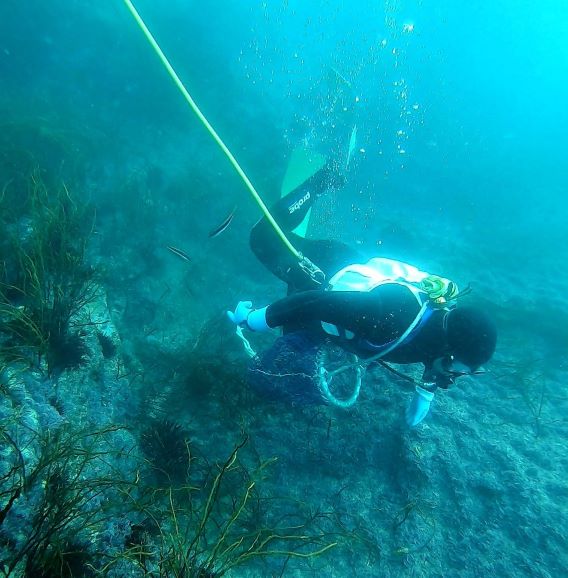
Divers carry with them a tool to remove the abalone, which has minimum size limit markings visible at all times and must use an abalone catch bag (Fisheries Regulation 2019, Schedule 8, 312 and 316). Divers must make every reasonable effort to remove abalone from rock substrate to minimize any injury to the abalone or any other organisms or the habitat.
Divers risk decompression sickness (bends) – the development, during or after diving, of any abnormality, which is a direct result of a reduction in the tension of inert and other gases dissolved in the body, with the production of gas bubbles. Any organ or tissue may be involved and its presentation can vary from acute to chronic.
Illegal fishing (poaching) has been a serious problem in the past.
VFA Abalone Fishery Overview
VFA how to report illegal fishing
Urchin mitigation program
Link: https://www.youtube.com/watch?v=4Bi0inLtjPY
Changing ocean temperatures are impacting the fishery which can be seen in the eastern zone, where some reefs have been subject to major sea urchin incursions. This is largely attributed to the strengthening East Australian Current, which has progressively been extending further south. If this trend continues, we may see a significant shift in the distribution of many marine species.
VFA has transitioned permits to commercially harvest sea urchins to fishery access licences. Any structured programs aimed at removing urchins requires consultation with holders of sea urchin licence/quota entitlements.
More information about urchin mitigation can be found at this link.
